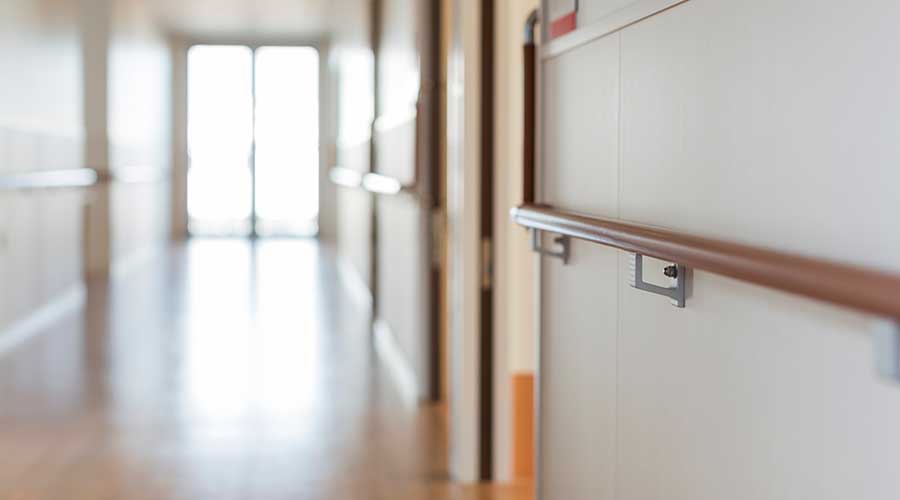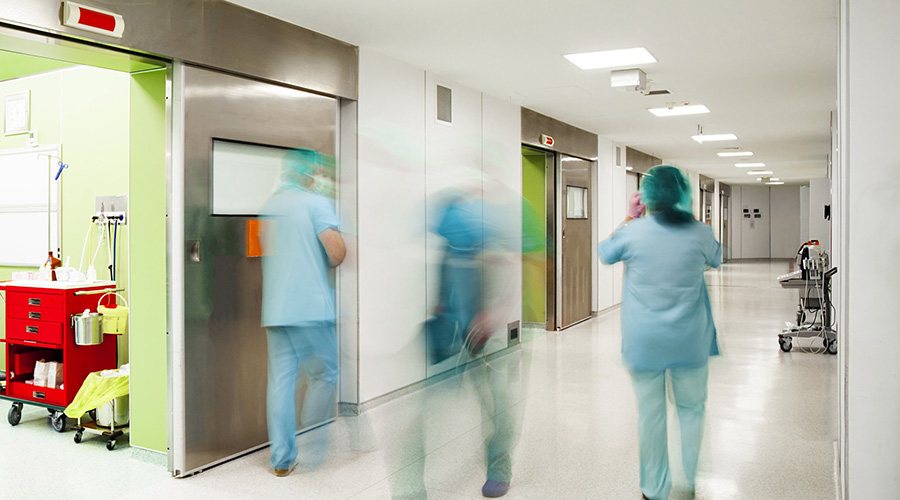The senior housing occupancy rate increased 0.9 percentage point from 82.1 percent in the third quarter of 2022 to 83.0 percent in the fourth quarter of 2022, according to data from NIC MAP Vision. The occupancy rate has increased 5.2 percentage points from a pandemic low of 77.8 percent in the second quarter of 2021.
The senior housing occupancy rate increased for the sixth consecutive quarter due to continued strong demand that outpaced inventory growth. On the inventory side, about 3,300 units were added within the 31 NIC MAP primary markets during this quarter, while more than 8,600 units were absorbed on a net basis.
This robust demand led to a new record high total number of occupied units. Within the NIC MAP Primary Markets, the total number of occupied units exceeded 574,900, surpassing its pre-pandemic first quarter 2020 level by nearly 7,000 units.
The trend of high demand and slow inventory growth has been consistent throughout 2022. Fewer than 11,000 units were added within the NIC MAP primary markets this year, the weakest inventory growth since 2014. This growth contrasted with robust demand, with net absorption for the year registering a record 27,845 units. Combined, these conditions allowed the occupancy rate to rise 2.8 percentage points since the beginning of 2022.
Construction starts were relatively weak, at 3,013 units in the fourth quarter, continuing the slower pace seen in the third quarter. Total units under construction equaled 35,719 units, the fewest units under construction since 2015. For 2022, starts totaled 14,665 units, weaker than in 2021, but stronger than in 2020.
Occupancy improved across all property types. Assisted living had the largest quarterly gain, with robust demand pushing the total number of occupied assisted living units to their highest level ever. More specifically:
- Assisted living occupancy increased 1.1 percentage point to 80.7 percent, up 6.8 percentage points from its pandemic low of 73.9 percent in the second quarter of 2021 but still below the pre-pandemic level of 84.6 percent.
- Independent living occupancy increased 0.6 percentage point to 85.2 percent, up 3.6 percentage points from its pandemic low of 81.6 percent in the second quarter of 2021 but still below the pre-pandemic level of 89.6 percent.
- Nursing care occupancy increased 0.7 percentage point to 80.0 percent, up 6.0 percentage points from its pandemic low of 74.0 percent in the first quarter of 2021 but still below the pre-pandemic level of 86.6 percent.
Twenty-eight of the 31 NIC MAP Primary Markets saw occupancy increases in the fourth quarter of 2022. Boston (88.9 percent), Baltimore (86.7 percent), and Portland, OR (86.2 percent) had the highest senior housing occupancy rates within NIC MAP’s Primary Markets, and Houston (77.9 percent), Atlanta (79 percent), and Cleveland (79.4 percent) had the lowest rates.
Asking rental rates for senior housing across the NIC MAP primary markets saw their largest increase since NIC MAP Vision began reporting the data in 2006, having increased by 4.9 percent on a year-over-year basis in the fourth quarter.

 Making the Energy Efficiency Case to the C-Suite
Making the Energy Efficiency Case to the C-Suite How to Avoid HAIs This Flu Season
How to Avoid HAIs This Flu Season Design Phase Set to Begin for Hospital Annex at SUNY Upstate Medical
Design Phase Set to Begin for Hospital Annex at SUNY Upstate Medical Building Hospital Resilience in an Era of Extreme Weather
Building Hospital Resilience in an Era of Extreme Weather Ennoble Care Falls Victim to Data Breach
Ennoble Care Falls Victim to Data Breach